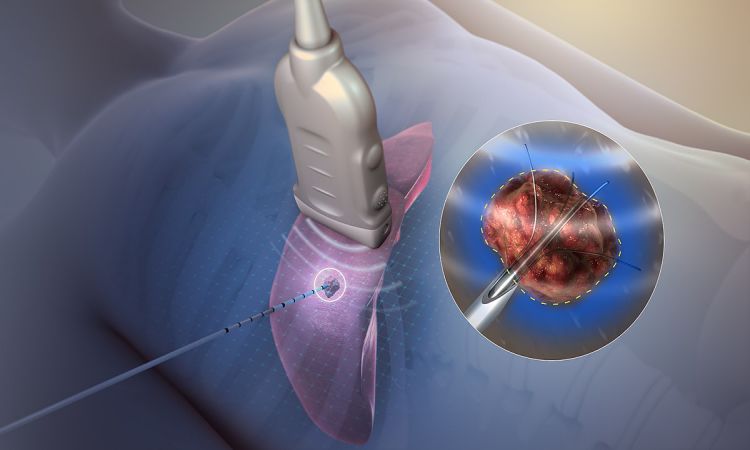 With growing age, the instances of body pain and muscle weaknesses increases. Such bodily pain and spasms can be due to one or more underlying use or the onset of any metabolic disorder. With that said, one in every seven Aussies lives with arthritis, the most common joint-disorder condition. Greater Sydney (one of the most densely populated locality) is coping with such body conditions using radiofrequency ablation- a gift in disguise. Radiofrequency ablation in Sydney, performed by physiatrists, is also used to detect arrhythmia, an abnormal heart condition.
With growing age, the instances of body pain and muscle weaknesses increases. Such bodily pain and spasms can be due to one or more underlying use or the onset of any metabolic disorder. With that said, one in every seven Aussies lives with arthritis, the most common joint-disorder condition. Greater Sydney (one of the most densely populated locality) is coping with such body conditions using radiofrequency ablation- a gift in disguise. Radiofrequency ablation in Sydney, performed by physiatrists, is also used to detect arrhythmia, an abnormal heart condition.
Where does radiofrequency ablation come to use?
Radiofrequency ablation is a painless technique that is often used to diagnose and recover from cardiovascular abnormalities. However, radiofrequency ablation has become a pain relief technique and helps cure and alleviate several conditions like arthritis, varicose veins, etc. Here is a list of realms and disorders where radiofrequency ablation has turned out to be an effective relief mechanism,
1. Arrhythmia
Arrhythmia is a cardiovascular condition where a part of the heart induces abnormal heart rates or rhythm. In such cases, the heart may skip several beats, which can be dangerous in many ways. On the bottom line, people suffering from an arrhythmia may have ineffective blood pumping, causing anemia or even death when left untreated. Supporting this, Sydney’s Blacktown has been of the highest heart-attack hospitalisation rate of 21.1%. Luckily, radiofrequency ablation in Syndey can help with early diagnosis and even treatment to non-surgically remove the affected heart tissues and resume heartbeat rates.
A balloon catheter gets inserted into the heart via blood vessels and helps locate the affected heart tissue as it displays the image on a computerized setup. Once the area gets located, the catheter is connected to electrodes. After this, a mild radiofrequency is used to destroy the cells, causing an arrhythmia.
2. Varicose veins
The varicose vein is another condition that affects the proper blood flow and supply to all body tissues. But this time, the valves in the veins tend to malfunction, causing the blood to pool and bulge. People with metabolic disorders like obesity, diabetes, etc., are likely to get affected by varicose veins. Though varicose vein formation is not severely problematic in the early stage, early treatment can help avoid further complications. Radiofrequency ablation is one best way to get rid of varicose veins non-invasively.
A fine incision is made in the target site via which the affected veins get exposed to radio frequencies. Most incisions can help locate and destroy varicose veins deep down up to at least 25-30 inches. People with varicose veins prefer radiofrequency ablation as it is quick, painless, and does not leave them with a painful or exhausting recovery period.
3. Arthritis
Arthritis, a painful condition of swollen joints, is of different types. With prolonged and chronic occurrences, arthritis can add to other painful conditions like neck and lower body pain. People with spinal arthritis can benefit intensively from radiofrequency ablation procedures. It is so because other alternatives tend to be severely invasive, time-consuming, and bring in too many side effects. Elders who are on lifelong medications for arthritis can also benefit from RFA sessions to get rid of swollen joints and related pain without surgery or having medicines. Effects of RFA(pain relief) can last for a year or more, depending on the intensity of radiofrequency waves used.
What’s behind Radiofrequency Ablation?
True that RFA helps in alleviating pain. But how does this happen? When the tissue gets subjected to radiofrequency waves, heat gets generated. As a result, the nerves at the target site get burnt, preventing signal transmission of pain to the brain. Thus, as nerves transmitting pain gets killed or ablated, there is no more pain or discomfort at the target area at the end of the procedure. RFA is one of the safest and health-friendly treatments, with around 67% of patients reporting success rates and no side effects. The least that could happen is some bleeding at the incision site, which can quickly get relieved.

